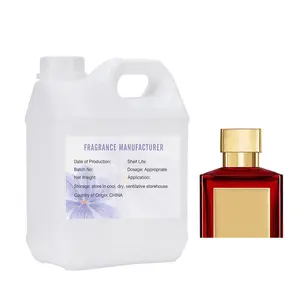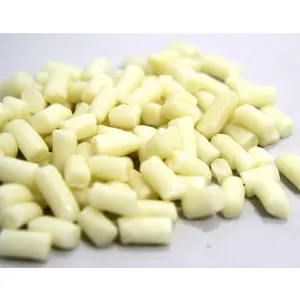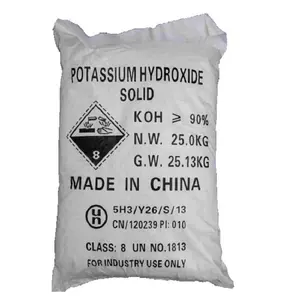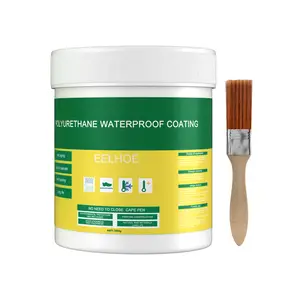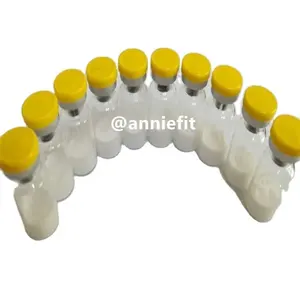Popular in your industry




















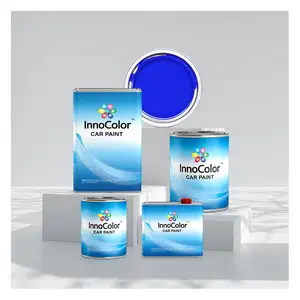

















































































































































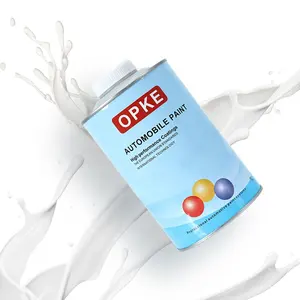













































Top categories
About purple paint
The exploration of color is a journey into the vast world of visual perception. Among the myriad of colors that people can perceive, there is one that stands out due to its regal aura and calming presence - purple paint. This article delves into the unique aspects of purple paint, its diverse types, notable features, and the materials that make it distinct.
Types of purple paints
There is a wide spectrum of shades that lie within the realm of purple paint. It is important to understand that these variations serve different purposes and can drastically impact the overall aesthetic of a space. For instance, the candy purple paint is a deep, rich shade often used in automotive and craft projects to create a striking and bold statement. On the other end of the spectrum, light purple paint and pastel purple paint present a softer and more subtle hue. These are typically used in interior spaces to evoke a sense of tranquility and peace. Another variant that has gained popularity for its unique blend of colors is the lavender grey paint. This paint combines the soothing aspects of both lavender and grey, creating a versatile shade that fits well in almost any setting.
Features of purple paints
The appeal of purple paint lies not only in its color variations but also in its features. One key feature of purple paint is its versatility. From bold statements with candy purple paint to soothing environments with light purple wall paint, the versatility of purple paint makes it a popular choice for various applications. Another key feature is the psychological effect that purple paint tends to have on people. It is often associated with creativity, calmness, and even luxury. Therefore, applying lavender paint color or any other shade of purple in a space can influence the mood and perception of individuals in that space.
Materials in purple paints
The materials used in making purple paint also play a significant role in its overall quality and effect. The pigments used in creating the different shades of purple paint are critical. For instance, to achieve the light purple paint colors, a blend of blue and red pigments is used in a specific ratio. Binders and solvents are other essential materials in paint. Binders help the paint adhere to the surface on which it is applied, while solvents control the viscosity of the paint, making it easier to apply.
The world of purple paint is a fascinating one, with a variety of types, features, and materials that make it stand out. Whether it's the boldness of candy purple paint or the subtlety of light purple wall paint, there’s a purple paint to match every mood, setting, and preference.
